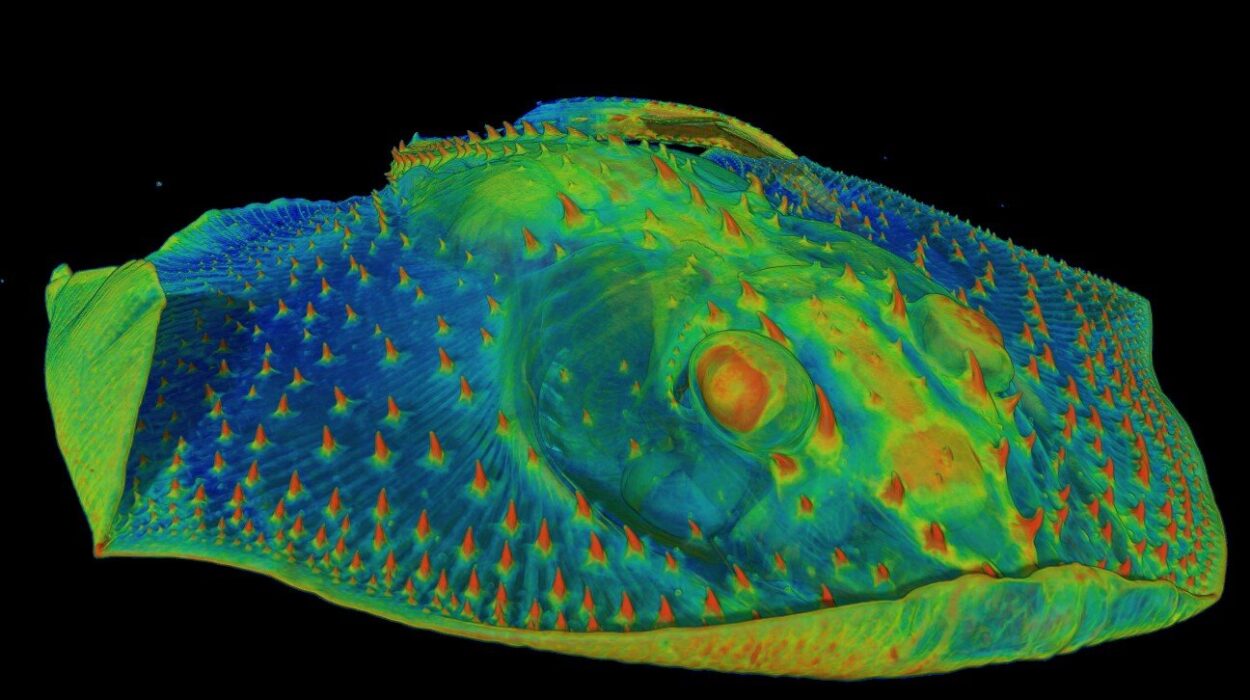Every night, as we drift into slumber, our minds enter a realm both mysterious and intimate: the world of dreams. Among these nocturnal narratives, sexual dreams occupy a prominent and often puzzling place. They can be vivid or fleeting, exhilarating or confusing, and sometimes leave us waking with questions about their meaning, their origin, and their significance. Why do we have sexual dreams? What drives these intimate experiences in a state of unconsciousness? To understand them, we must delve into the intersection of biology, psychology, and culture, exploring the ways our desires, fears, and memories are intertwined in the tapestry of sleep.
Dreams have fascinated humans for millennia. Ancient civilizations often interpreted dreams as messages from gods or omens of the future. In modern times, the scientific study of dreams—one of the most challenging areas of neuroscience and psychology—has revealed that dreams are more than random flashes of imagery. They are complex cognitive phenomena, shaped by emotions, memory consolidation, and subconscious thought. Sexual dreams, in particular, emerge from a convergence of physical, psychological, and social factors, revealing as much about our inner worlds as our waking behaviors.
The Biology Behind Sexual Dreams
At the most fundamental level, sexual dreams are rooted in biology. Human sexuality is governed by a sophisticated interplay of hormones, neural circuits, and sensory inputs. Testosterone, estrogen, and other sex hormones influence not only reproductive function but also desire, mood, and even patterns of dreaming. In men and women alike, higher levels of these hormones can increase sexual thoughts and the likelihood of sexual dreams.
During rapid eye movement (REM) sleep—the phase most closely associated with vivid dreaming—the brain exhibits heightened activity in regions involved in emotion, memory, and reward, including the amygdala and limbic system. These same regions are deeply involved in sexual arousal and desire. Meanwhile, the prefrontal cortex, which normally regulates judgment and self-control, shows reduced activity in REM sleep, allowing for the more uninhibited and surreal experiences characteristic of dreams. In this neurological context, sexual content can naturally emerge, reflecting both biological impulses and emotional states.
Interestingly, sexual dreams often coincide with physical signs of arousal. Men may experience nocturnal penile tumescence, and women may undergo vaginal lubrication or clitoral engorgement. These physiological responses, while automatic, further reinforce the intensity of sexual dreaming and suggest that dreams are not mere fantasies but integrated experiences involving both mind and body.
Psychological Roots: Desire, Anxiety, and the Subconscious
While biology provides the scaffolding for sexual dreams, psychology shapes their content and meaning. Dreams are deeply entwined with our emotions and unconscious processes. Sigmund Freud famously proposed that dreams are the “royal road to the unconscious,” suggesting that sexual dreams in particular often represent repressed desires or unresolved conflicts. Although modern psychology has moved beyond many of Freud’s interpretations, his insight into the link between dreams and hidden impulses remains influential.
Sexual dreams often reflect unfulfilled desires, both conscious and unconscious. A person in a committed relationship may dream of a forbidden attraction, not necessarily indicating infidelity but representing curiosity, novelty-seeking, or aspects of intimacy that feel neglected. Similarly, sexual dreams can emerge during periods of stress, longing, or significant life changes, serving as a form of emotional release or psychological rehearsal. The subconscious mind may explore scenarios that are impractical, socially unacceptable, or morally complex, allowing the dreamer to process complex feelings safely within the private theater of the mind.
Anxiety and unresolved conflict can also shape sexual dreams. For example, sexual anxieties—ranging from performance worries to body image concerns—may manifest symbolically in dreams. The dream may involve rejection, embarrassment, or unfulfilled desire, reflecting the dreamer’s inner emotional state rather than literal sexual intent. In this way, sexual dreams serve as a mirror of both our appetites and our fears, revealing the intricate balance of pleasure and tension that defines human sexuality.
The Role of Memory and Experience
Dreams are not created in isolation. They are constructed from fragments of experience, memory, and imagination. Sexual dreams, in particular, draw upon a rich tapestry of past experiences, cultural imagery, and personal fantasies. Memories of intimate encounters, romantic feelings, or even cinematic depictions of sexuality can resurface in dreams, often in distorted or exaggerated forms.
The brain’s process of consolidating memory during sleep plays a key role here. During REM sleep, the brain strengthens neural connections, integrating new experiences into existing memory networks. This process can transform ordinary memories into dream narratives that feel emotionally intense and highly symbolic. Sexual dreams may therefore represent a synthesis of past desires, current experiences, and anticipatory fantasies, recombined in imaginative ways that are both familiar and novel.
Cultural and social influences further shape the content of sexual dreams. Societal attitudes toward sexuality, personal moral frameworks, and exposure to media all feed into the subconscious mind. A person raised in a repressive environment may experience dreams of forbidden acts or secret pleasures, while someone with a liberated perspective may have dreams that reflect exploration and intimacy. The dream landscape, therefore, is as much a reflection of social conditioning as it is of personal biology and psychology.
Evolutionary Perspectives on Sexual Dreams
From an evolutionary standpoint, sexual dreams may serve adaptive functions. Humans are biologically programmed to seek reproduction and form pair bonds, and dreaming provides a safe context to explore sexual scenarios without real-world risk. Some researchers suggest that sexual dreams may act as a rehearsal mechanism, allowing individuals to process potential partners, social dynamics, and reproductive strategies mentally. This mental rehearsal could enhance emotional intelligence, sexual competence, and relationship navigation in waking life.
Moreover, sexual dreams may reinforce sexual desire and motivation, indirectly supporting reproductive success. By stimulating physiological arousal and fantasized scenarios, sexual dreams could increase attention to mating opportunities and heighten sexual awareness, even if the dreams themselves are purely imaginary. In this sense, sexual dreams may have served a subtle, yet significant, role in human evolutionary fitness.
The Mystery of Interpretation
Despite decades of research, the interpretation of sexual dreams remains elusive. Dreams are inherently subjective, and no single explanation can capture the full diversity of sexual dream experiences. Some dreams are explicitly erotic, while others are symbolic or abstract, with sexual undertones embedded in otherwise unrelated narratives. The same dream can carry different meanings for different individuals, depending on their psychological state, personal history, and current life circumstances.
Attempts to analyze sexual dreams often consider themes such as desire, intimacy, power, anxiety, and identity. A dream of being pursued may reflect a yearning for attention or recognition, whereas a dream involving taboo scenarios may reveal curiosity or suppressed impulses. The meaning of a sexual dream is therefore not fixed but emerges from a dialogue between the conscious mind and the subconscious, interpreted through the lens of personal experience and emotional resonance.
Sexual Dreams Across the Lifespan
Sexual dreams are not static; they evolve across the human lifespan. Adolescents, experiencing surges of hormonal activity and the awakening of sexual awareness, are particularly prone to sexual dreams. These dreams often serve as an outlet for burgeoning desire and a rehearsal for adult sexual experiences.
In adulthood, sexual dreams continue to reflect the interplay of desire, relationship dynamics, and life stressors. They may reinforce romantic bonds, provide outlets for curiosity, or manifest latent anxieties. Even in later life, when hormone levels decline, sexual dreams remain common, suggesting that the drive for intimacy and connection is deeply rooted in human nature and not solely dependent on reproductive potential.
When Sexual Dreams Become Distressing
Although sexual dreams are generally harmless and natural, they can sometimes cause distress. Recurring dreams of unwanted sexual scenarios, sexual aggression, or relational betrayal can evoke guilt, confusion, or anxiety. In such cases, sexual dreams may intersect with psychological issues such as trauma, suppressed emotions, or unresolved conflicts.
Understanding and addressing these dreams involves both reflection and professional guidance. Therapists often emphasize the distinction between dream content and waking behavior, helping individuals interpret sexual dreams as expressions of the subconscious rather than indicators of moral failing or hidden desire. In this way, sexual dreams can become a tool for self-understanding rather than a source of shame.
The Intersection of Neuroscience and Emotion
Modern neuroscience has begun to illuminate the precise mechanisms underlying sexual dreams. Functional imaging studies reveal that during REM sleep, neural networks associated with emotion, reward, and sensory processing are highly active. Dopamine, a neurotransmitter linked to pleasure and motivation, is elevated, enhancing the intensity of sexual experiences in dreams. Serotonin and norepinephrine, which modulate mood and arousal, also fluctuate, creating a neural landscape that is simultaneously vivid, emotional, and unconstrained by waking logic.
This neurochemical perspective reinforces the notion that sexual dreams are not random but arise from coordinated activity in the brain. The interplay between emotion, memory, and arousal circuits explains why sexual dreams can feel compelling, immersive, and intensely real—even though they are entirely constructed by the mind.
Sexual Dreams and Creativity
Sexual dreams may also contribute to creativity and problem-solving. Just as dreams in general can foster novel connections between ideas, sexual dreams often combine imagination, emotion, and fantasy in ways that stimulate insight. Many artists, writers, and scientists have credited dreams—including sexual ones—with inspiring creative breakthroughs, suggesting that these nocturnal experiences serve more than a purely biological or psychological function.
By freeing the mind from the constraints of reality, sexual dreams allow experimentation with scenarios, emotions, and relationships. In doing so, they expand the boundaries of thought and imagination, enriching both the inner life and the capacity for innovation in waking life.
Conclusion: The Intimacy of the Sleeping Mind
Sexual dreams are a profound window into the human mind, revealing the intricate interplay of biology, psychology, memory, and culture. They are at once intensely personal and universally human, bridging desire and emotion, past and present, conscious thought and subconscious exploration. While the precise meaning of any individual dream may remain elusive, the presence of sexual dreams is a testament to the complexity of human sexuality and the richness of our inner lives.
In the quiet theater of sleep, sexual dreams allow us to confront desire, rehearse intimacy, and explore the landscapes of imagination. They remind us that even in unconsciousness, the human mind remains dynamic, emotional, and endlessly creative. Far from being mere fantasies, sexual dreams reflect the deep, interwoven threads of biology, emotion, and culture that shape our lives, offering insight into the mysteries of both sleep and the human heart.
Even in their most enigmatic or bewildering moments, sexual dreams affirm a universal truth: that the mind never truly rests, and that the impulses, desires, and questions that define us continue to play out, vividly and meaningfully, in the most private corners of consciousness.






